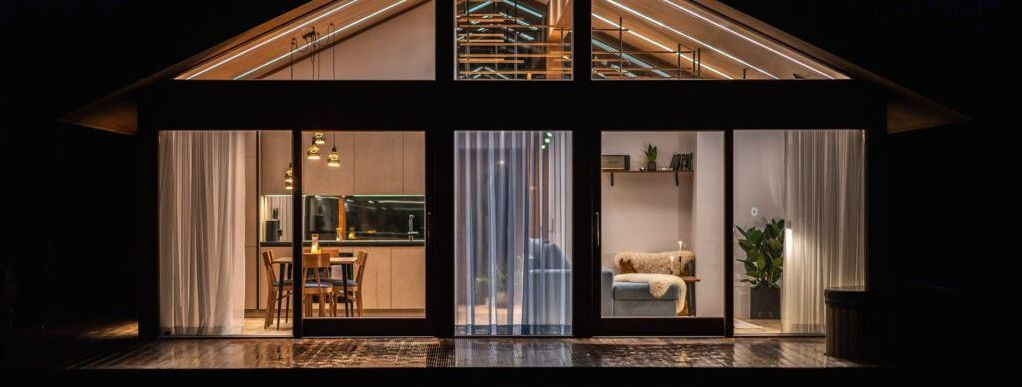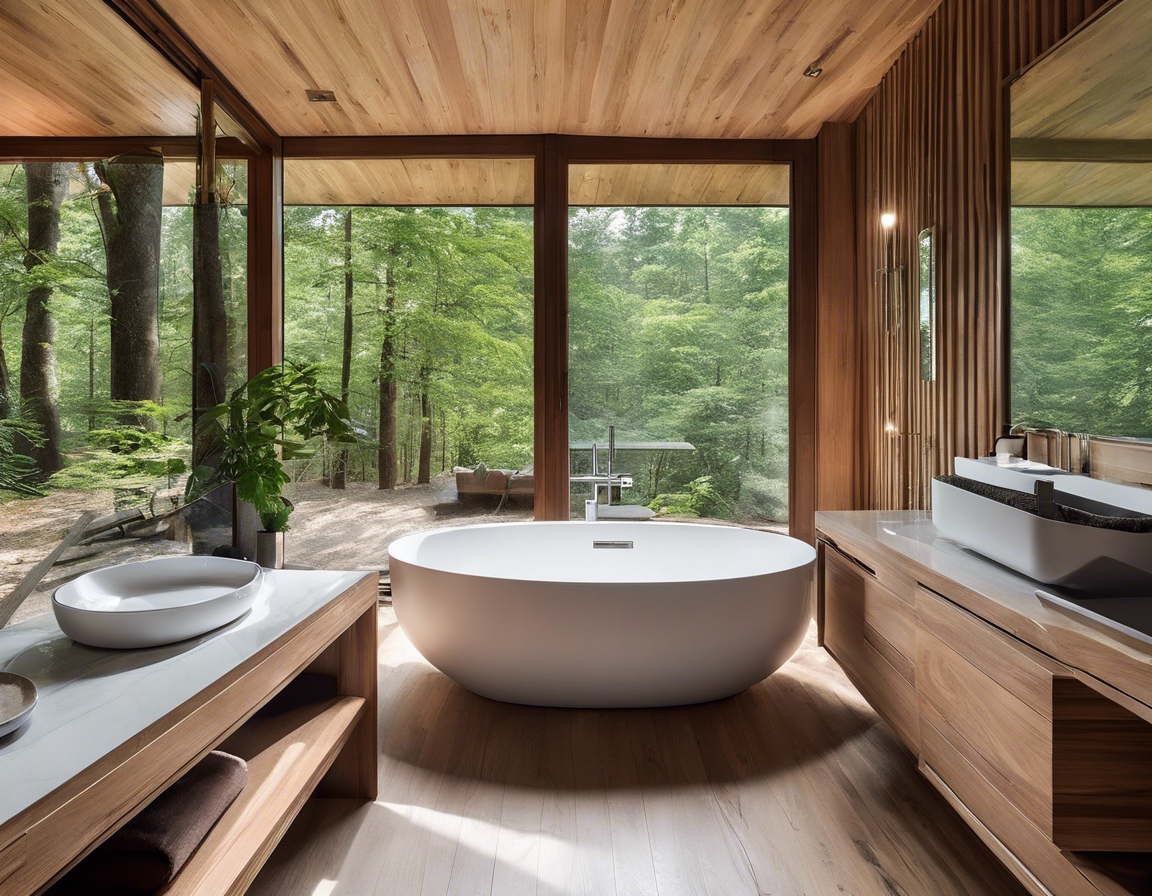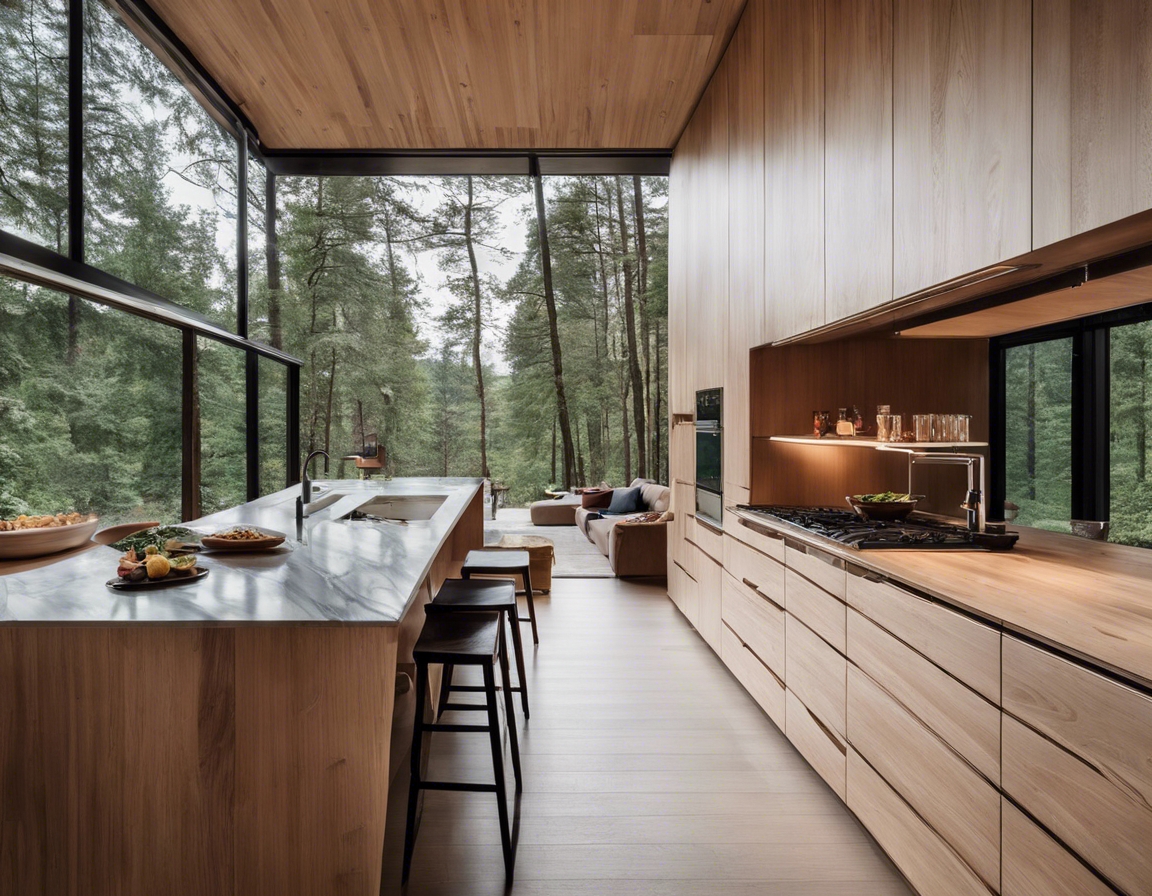Innovative interior design trends for sustainable homes
As the world becomes increasingly aware of the environmental impact of our daily choices, sustainable interior design has emerged as a crucial trend in creating eco-friendly living spaces. This approach not only focuses on reducing the carbon footprint but also emphasizes the use of renewable resources, energy efficiency, and waste reduction. For environmentally conscious individuals and families, sustainable interior design offers a way to align their living spaces with their values while maintaining a modern and aesthetically pleasing home.
The Importance of Sustainable Materials
Choosing sustainable materials is a cornerstone of eco-friendly interior design. These materials are sourced responsibly, have a lower environmental impact, and often contribute to healthier indoor air quality.
Reclaimed wood is a popular choice for sustainable homes due to its unique character and reduced environmental impact. By repurposing wood from old structures, homeowners can enjoy the beauty of aged timber without contributing to deforestation.
Bamboo is a rapidly renewable resource that grows much faster than traditional hardwoods. Its versatility makes it ideal for flooring, furniture, and decorative elements, offering a sustainable alternative that is both durable and stylish.
Using recycled metal in interior design reduces the need for new raw materials and minimizes waste. From light fixtures to furniture, recycled metal can add an industrial yet eco-friendly touch to any home.
Energy-Efficient Lighting Solutions
Lighting is a significant component of interior design, and choosing energy-efficient options can greatly reduce a home's energy consumption.
LED lights are highly energy-efficient, using up to 80% less energy than traditional incandescent bulbs. They also have a longer lifespan, reducing the need for frequent replacements and minimizing waste.
Smart lighting systems allow homeowners to control their lighting remotely, optimizing energy use and enhancing convenience. These systems can be programmed to adjust based on natural light availability, further reducing energy consumption.
Eco-Friendly Furniture and Decor
Furniture and decor play a significant role in sustainable interior design, with many options available that prioritize eco-friendliness without sacrificing style.
Upcycling involves transforming old or discarded items into new, functional pieces. This approach not only reduces waste but also adds a unique, personalized touch to home interiors.
Opting for natural fabrics such as organic cotton, linen, and hemp in upholstery and textiles reduces reliance on synthetic materials and supports sustainable agriculture.
Biophilic Design Elements
Biophilic design integrates natural elements into interior spaces, promoting well-being and a connection to nature.
Indoor plants improve air quality and add a refreshing, natural aesthetic to any room. They are an easy and effective way to incorporate biophilic design into a home.
Living walls, or vertical gardens, are an innovative way to bring greenery into urban homes with limited space. They provide insulation, improve air quality, and create a stunning visual impact.
Water Conservation Techniques
Water conservation is a critical aspect of sustainable living, and there are several interior design strategies that can help reduce water usage.
Installing low-flow faucets, showerheads, and toilets can significantly reduce water consumption without compromising performance.
Greywater systems recycle water from sinks, showers, and laundry for use in irrigation and toilet flushing, reducing the demand on freshwater resources.
Smart Home Technology for Sustainability
Integrating smart technology into home design can enhance sustainability by optimizing energy and resource use.
Energy monitoring systems provide real-time data on energy consumption, helping homeowners identify areas for improvement and reduce their overall energy use.
Automated climate control systems adjust heating and cooling based on occupancy and weather conditions, ensuring optimal energy efficiency and comfort.






Comments (0)